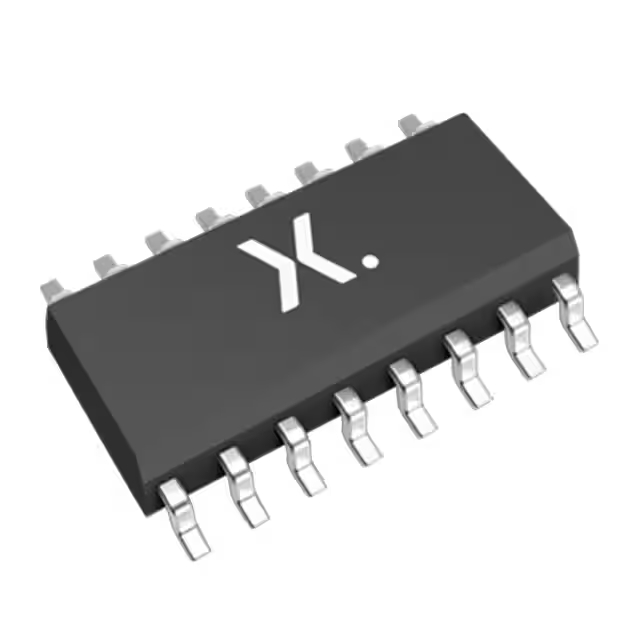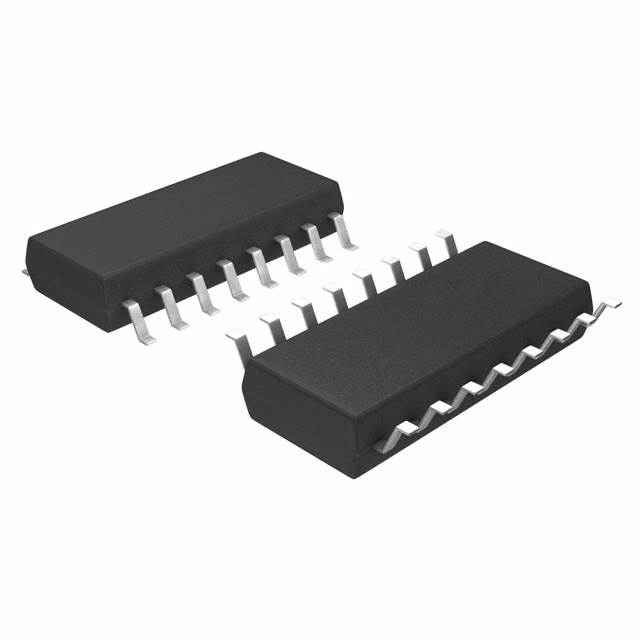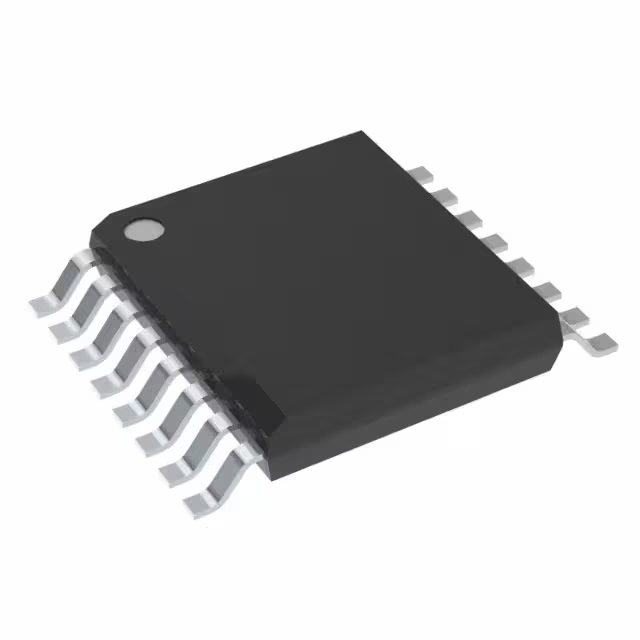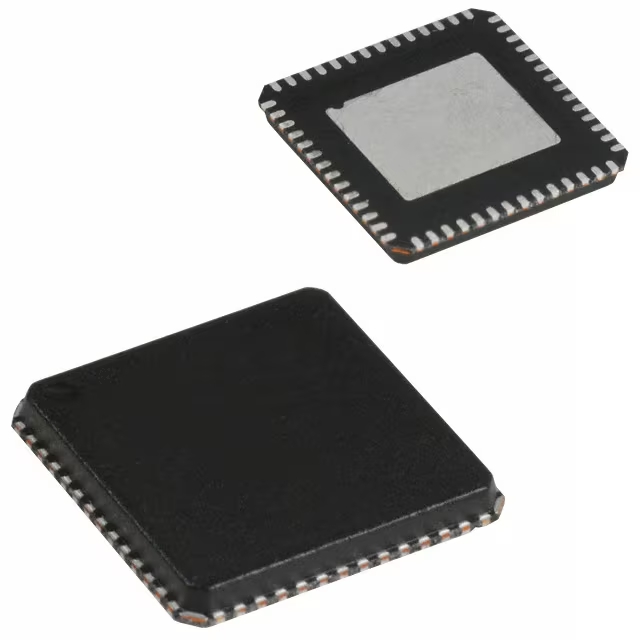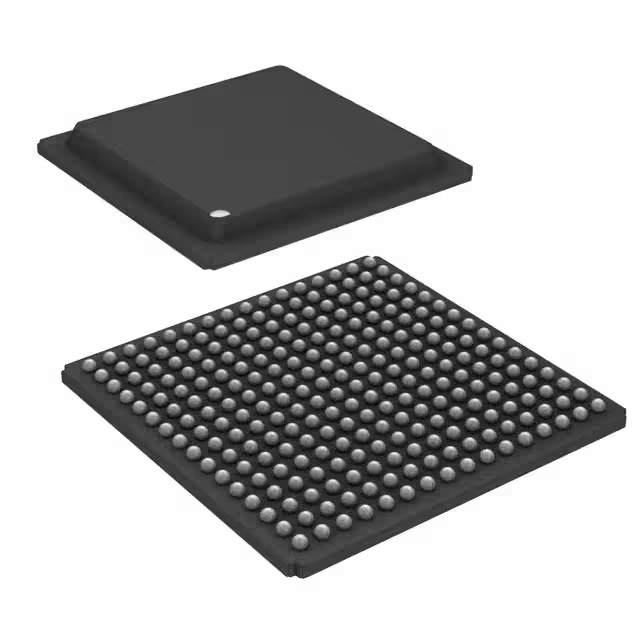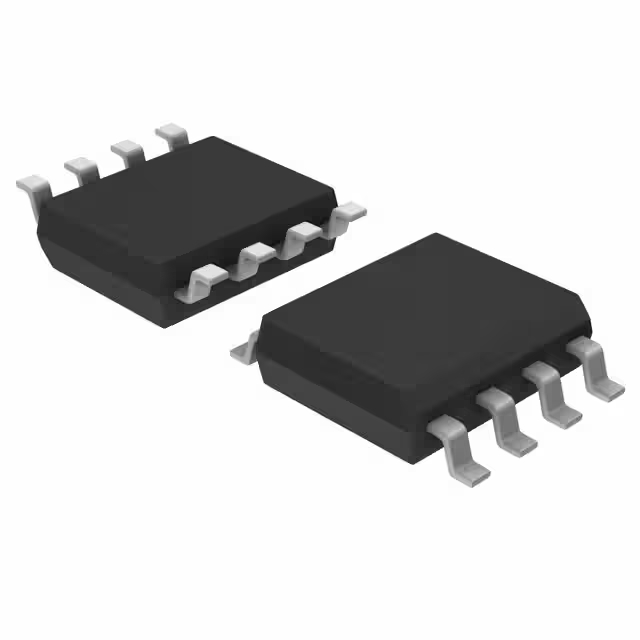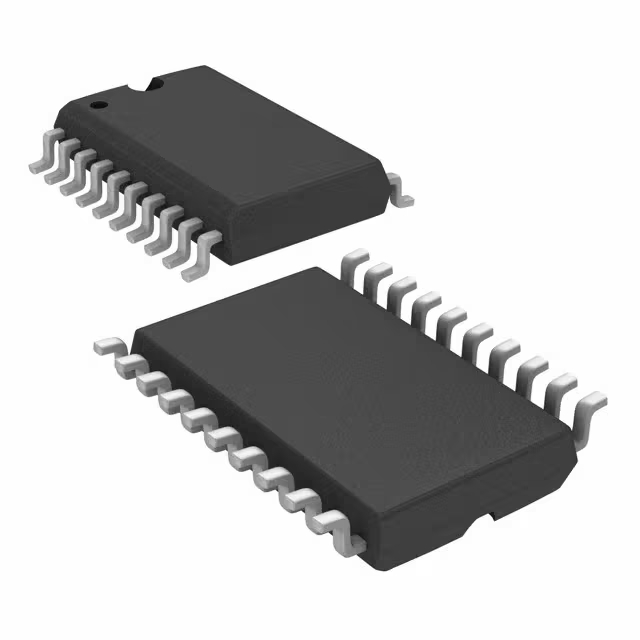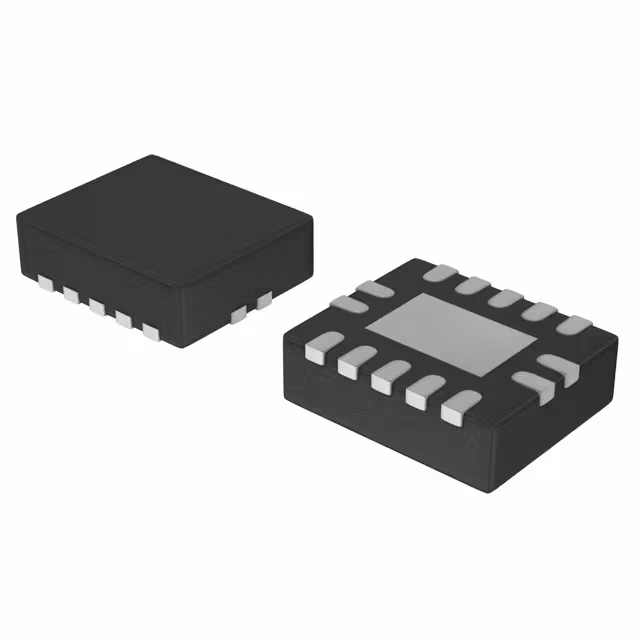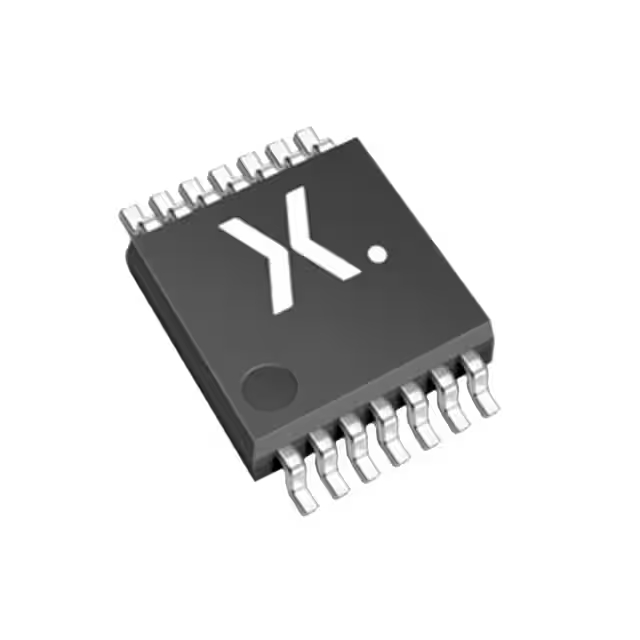If you’re looking for a powerful, versatile processor, the RK3588 is definitely worth checking out. It’s built with eight cores—four high-performance Cortex-A76 cores plus four efficient Cortex-A55 cores—running up to 2.4GHz. That gives you impressive speed while keeping power use low.
The built-in ARM Mali-G610 GPU handles advanced graphics easily, supporting everything from smooth high-res videos up to 8K@60fps to demanding 3D applications. Plus, it can decode formats like H.265, H.264, VP9, and AV1 effortlessly.
With interfaces including PCIe 3.0, SATA, USB 3.1, Ethernet, HDMI 2.1, and DP 1.4, it’s highly expandable for nearly any setup you have in mind. Its integrated NPU brings powerful AI capabilities (up to 6 TOPS), supporting frameworks like TensorFlow and PyTorch for edge computing or AI projects.
Thanks to the modern 8nm process, it stays cool and efficient. Whether you’re building multimedia systems, edge servers, AI hardware, or advanced embedded solutions, the RK3588 is flexible enough to handle it smoothly.
Rk3588 Pinout Diagram

| Physical Pin | 功能 | Physical Pin | 功能 |
|---|---|---|---|
| 1 | 3.3伏 | 2 | 5伏 |
| 3 | I2C_SDA | 4 | 5伏 |
| 5 | I2C_SCL | 6 | 接地 |
| 7 | 通用輸入輸出 | 8 | UART_TX |
| 9 | 接地 | 10 | UART_RX |
| 11 | 通用輸入輸出 | 12 | 脈寬調製 |
| 13 | 通用輸入輸出 | 14 | 接地 |
| 15 | 通用輸入輸出 | 16 | 通用輸入輸出 |
| 17 | 3.3伏 | 18 | 通用輸入輸出 |
| 19 | MOSI | 20 | 接地 |
| 21 | MISO | 22 | 通用輸入輸出 |
| 23 | SCLK | 24 | CS0 |
| 25 | 接地 | 26 | CS1 |
| 27 | I2C_SDA | 28 | I2C_SCL |
| 29 | 通用輸入輸出 | 30 | 接地 |
| 31 | 通用輸入輸出 | 32 | 通用輸入輸出 |
| 33 | 通用輸入輸出 | 34 | 接地 |
| 35 | 通用輸入輸出 | 36 | 通用輸入輸出 |
| 37 | 通用輸入輸出 | 38 | 通用輸入輸出 |
| 39 | 接地 | 40 | 通用輸入輸出 |
When you’re connecting to your board, here’s a simple breakdown of what each pin does to help you get started quickly:
First, you’ve got power pins—pin 1 supplies 3.3V for low-voltage devices, and pins 2 and 4 deliver 5V for regular peripherals. Multiple ground pins (like 6, 9, 14, 20, and others) ensure everything runs smoothly.
For communication, there are two sets of I2C lines (pins 3/5 and 27/28) to hook up sensors or real-time clocks. Pins 8 and 10 give you UART capability—perfect for debugging or serial devices. The SPI interface on pins 19, 21, 23, 24, and 26 is great for high-speed gadgets.
You’ll also find plenty of GPIO pins available (7, 11, 13, 15, and more) for controlling LEDs, buttons, or custom hardware. Pin 12 can output PWM signals for things like fan speeds or LED brightness control.
Just make sure to double-check your pin configurations to avoid conflicts or damage, and ensure there’s only one master device on buses like I2C and SPI.
Rk3588 Alternative Processor




| 範圍 | RK3588 | RK3399 | RK3568 | Intel N100 |
|---|---|---|---|---|
| CPU Architecture | 4×Cortex-A76 + 4×Cortex-A55 | 2×Cortex-A72 + 4×Cortex-A53 | 4×Cortex-A55 | 4×Intel Gracemont |
| Clock Speed | Up to 2.4 GHz | Up to 2.0 GHz | Up to 2.0 GHz | Up to 3.4 GHz |
| 圖形處理器 | Mali-G610 MP4 | Mali-T860 MP4 | Mali-G57 | Intel UHD Graphics |
| NPU Performance | 6 TOPS | 不適用 | 0.8 TOPS | 不適用 |
| Video Decode/Encode | 8K decode & encode | 4K decode & encode | 4K decode & encode | 4K decode & encode |
| PCIe Interfaces | 3×PCIe (2×3.0 + 1×2.0) | 1×PCIe 2.1 | 1×PCIe 3.0 | 1×PCIe 3.0 |
| SATA Interfaces | 支援 | 支援 | 支援 | 支援 |
| Package Size | 23 × 23 mm | 23 × 23 mm | 23 × 23 mm | N/A (x86) |
| Package Compatibility | Not compatible with RK3588S | Compatible with RK3399Pro | Compatible with RK3566 | 不適用 |
| Target Applications | High-end (AI, 8K video, etc.) | Mid-range (multimedia processing) | Lower mid-range (industrial control) | General-purpose (office, education, etc.) |
If you’re trying to pick the right processor for your project, here’s how to quickly compare some popular options. The RK3588 is ideal if you’re aiming for top-notch AI performance and powerful multimedia capabilities, especially for high-end embedded systems. On the other hand, if your application doesn’t need extreme performance and budget matters more, RK3399 and RK3568 can do a good job without breaking the bank.
Then there’s Intel’s N100, which uses the x86 architecture—perfect if you need compatibility with Windows or mainstream Linux software. But keep in mind, it doesn’t come with dedicated AI acceleration like the RK3588 does.
So, if advanced multimedia or AI tasks are your priority, stick with RK3588. If cost-efficiency and decent performance are what you’re after, RK3399 or RK3568 are solid alternatives. For software compatibility in standard computing setups, Intel N100 is your best bet. Choose based on what your specific application truly needs—that’s how you optimize both performance and cost.
Rk3588 Application Circuit

Make sure the data and CMD lines each have a 10kΩ pull-up resistor connected to your 1.8V supply (VCCIO_FLASH) to maintain stable signals. Your eMMC typically needs a 3.3V main power supply (VCC_3V3), and adding a 2.2µF capacitor near the VDDi pin helps keep things stable internally.To enhance signal integrity, add a small 10pF capacitor on the CLK line to ground—it reduces noise and improves data quality. A 100nF capacitor on the RST line ensures reliable resets. Keep the clock line as short and neat as possible, and always follow voltage guidelines from your eMMC datasheet for safe and reliable operation.
Rk3588 Edge Computing Board
If you’re thinking about building an edge computing system, the RK3588 processor is a fantastic choice. It packs a powerful punch with four Cortex-A76 cores and four efficient Cortex-A55 cores running up to 2.4GHz, perfectly balancing performance and power efficiency. The Mali-G610 GPU ensures smooth graphics handling, and its built-in NPU offers impressive AI performance, hitting 6 TOPS—great for real-time edge inference.
Multimedia tasks are no issue either, with support for decoding 8K video at 60fps and encoding 4K content smoothly. It also covers all major video formats like H.265, VP9, AV1, and more.
Connectivity and expandability are covered too, with PCIe 3.0 for fast 5G or Wi-Fi6 modules, SATA for SSD storage, and multiple display outputs like HDMI 2.1, DP 1.4, and MIPI interfaces.
Remember to prioritize good cooling solutions, stable power management, and careful PCB design for high-speed signals. Optimize your AI models to fully harness the onboard NPU for edge computing tasks like security analytics, machine vision, or IoT gateways.
Rk3588 Vs Rk3399 Performance
If you’re deciding between RK3588 and RK3399, here’s the simple breakdown: RK3588 delivers a big jump in performance thanks to its powerful CPU, GPU, and built-in AI acceleration. It’s perfect if your project involves demanding tasks like 8K video decoding, AI inference, or heavy graphics. But keep in mind—RK3588 does cost more. RK3399, on the other hand, is still a solid, cost-effective choice for moderate workloads. Also, be aware their interfaces and pin layouts are not compatible, so upgrading means you’ll have to redesign your hardware. Finally, optimize your AI algorithms to fully utilize the RK3588’s advanced NPU capabilities.
Rk3588 Ubuntu Board Compatibility
If you’re planning to use Ubuntu with an RK3588 board like the Radxa Rock 5B, FriendlyELEC NanoPi R6S, or Firefly ROC-RK3588-PC, you’re in luck—Ubuntu 20.04 and 22.04 LTS are fully supported with reliable official and community resources. These boards provide complete drivers for everything you’ll need, including CPU, GPU, NPU, USB 3.x, Ethernet, Wi-Fi, PCIe, SATA, HDMI, DP, eDP, and even camera and audio interfaces.
Using official or widely community-tested Ubuntu images ensures smoother setup and fewer headaches. Be cautious with custom RK3588 boards, as you’ll probably need to tweak the device tree and possibly adjust drivers yourself.
Stick to recommended Linux kernel versions like 5.10 or 5.15 for maximum compatibility and stability. Overall, the Ubuntu ecosystem for RK3588 is mature, active, and ready for rapid development. Just choose a well-supported board and official images, and your setup should be stable, reliable, and hassle-free.
Rk3588 Opencl and Ai Usage
If you’re exploring powerful edge-computing solutions with AI, the RK3588 chip is definitely something you’ll want to look at. It features an advanced Mali-G610 GPU, fully supporting OpenCL 2.2, making it ideal for accelerating tasks like image processing, video analytics, and even real-time data crunching on edge devices.
But what really makes the RK3588 shine is its dedicated NPU (Neural Processing Unit), offering impressive AI performance—up to 6 TOPS. That means tasks like face recognition, object detection, or even natural language processing run incredibly fast and efficiently.
For the best performance, use the GPU (OpenCL) to handle heavy preprocessing tasks, and leave dedicated AI tasks to the NPU. It fully supports popular frameworks like TensorFlow Lite, PyTorch, and ONNX, and Rockchip provides handy tools (RKNN-Toolkit) to easily deploy your models.
Overall, if you need serious edge intelligence and excellent multimedia processing, the RK3588 offers a powerful, energy-efficient solution that simplifies AI integration.
Rk3588 Fpga Interface Support

If you’re considering pairing an FPGA with the RK3588 chip, you’re on the right track—the RK3588 offers plenty of high-speed interfaces perfect for FPGA connectivity. PCIe is your best bet if you need maximum performance; with PCIe 3.0 and 2.0 lanes available, you get fast, reliable data transfers ideal for AI acceleration, real-time video processing, or signal handling.
USB 3.1/3.0 is another solid option—great for FPGA prototyping and debugging, giving you plug-and-play convenience with speeds up to 5Gbps. If you need network capabilities or longer-range communication, the RK3588’s dual Gigabit Ethernet ports work perfectly with FPGA-based remote data collection or industrial automation setups.
For simpler tasks like FPGA configuration or status monitoring, GPIO, SPI, or I²C interfaces keep things easy and straightforward.
Just remember to focus on careful PCB design for PCIe signals, ensure proper voltage matching between devices, and set up your Linux drivers and FPGA logic carefully for smooth integration.
Rk3588 Single Board Computer
If you’re looking into a powerful single-board computer (SBC) for your next embedded project, the RK3588 SBC might be exactly what you need. Built around Rockchip’s RK3588 processor, this board delivers impressive performance thanks to its eight-core CPU—four high-speed Cortex-A76 cores plus four efficient Cortex-A55 cores. It also packs a Mali-G610 GPU, capable of handling advanced graphics, and a dedicated NPU that provides 6 TOPS for AI tasks.
You can easily hook up displays via HDMI 2.1 or DisplayPort for ultra-high-definition video (up to 8K), making it great for multimedia and interactive signage. Connectivity options are plentiful: dual Gigabit Ethernet, PCIe 3.0, USB 3.1, Wi-Fi 6, and Bluetooth. It even supports SSD storage through an M.2 slot.
With strong software support for Ubuntu, Debian, and Android, along with popular AI frameworks like TensorFlow and PyTorch, you’ll find plenty of resources and community support. Just make sure to include proper cooling and carefully select storage and RAM configurations tailored to your project’s needs.








